Discover the unique properties of 100% viscose fabric, a silky, breathable material perfect for clothing and home textiles. Learn why it’s a popular, eco-friendly fashion.
Table Of Contents
What is 100% Viscose Fabric?
Viscose is a semi-synthetic regenerated fabric made from natural cellulose fibers, usually derived from wood pulp. Although it comes from natural sources, it goes through a chemical Xanthation process that transforms the cellulose into a soft, silky fabric.
In short, viscose is a man-made fabric with natural origins, offering the best of both worlds. It’s often compared to silk, cotton, or wool due to its luxurious feel and versatility.
Types of 100% Viscose Fabric
Viscose fabric comes in several different forms, each with its own unique texture, finish, and purpose. Here are the main types of 100% viscose fabric:
1. Regular Viscose
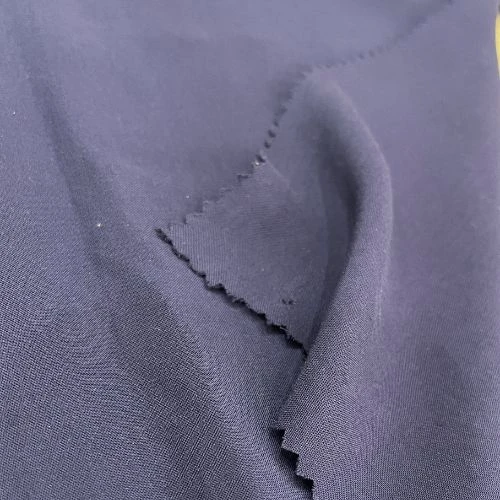
Figure: Solid Regular Viscose Fabric
This is the most common type of viscose fabric. It’s soft, lightweight, and has a smooth texture, often used for clothing like blouses, dresses, and scarves. It’s known for its elegant drape and ability to hold vibrant colors.
2. Viscose Rayon
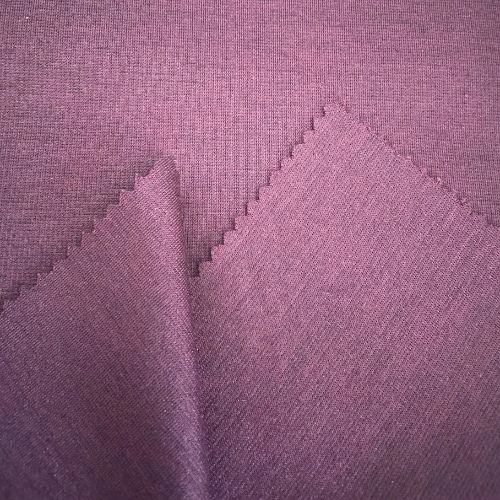
Figure: T/R Roma Viscose Fabric
Viscose rayon refers to the same material, but in this context, it is often used to emphasize the semi-synthetic origin of the fabric. This type is lightweight and highly breathable, making it ideal for warm-weather garments.
Learn More about Viscose vs Rayon
3. Viscose Crepe
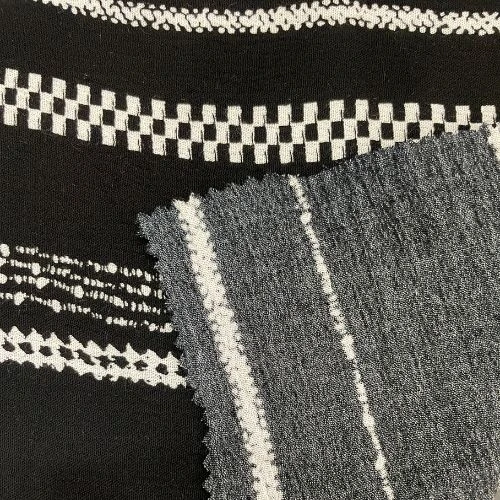
Figure: Viscose Crepe Fabric
Crepe viscose fabric has a slightly textured, crinkled surface that gives it more visual interest. It’s still soft but has a distinct texture, which makes it popular for more formal clothing like skirts, evening wear, and blouses.
4. Viscose Twill
Twill viscose fabric has a diagonal weave pattern, giving it more durability and strength compared to regular viscose. It’s commonly used for items that require a bit more structure, such as jackets and trousers.
5. Viscose Satin
Viscose satin is known for its glossy finish and luxurious feel, making it perfect for evening wear and dresses. The fabric has a shiny front and a matte back, offering a rich, silky appearance.
6. Stretch Viscose
Some viscose fabrics are blended with elastane (a stretch fiber) to create stretch viscose. This type of fabric is often used in clothing that requires flexibility, like fitted dresses or pants. The stretch feature adds to the comfort while retaining the softness and smooth texture of viscose.
7. Viscose Jacquard
Viscose jacquard features intricate woven patterns, often used for decorative fabrics in home textiles or luxury garments. The patterns are woven into the fabric itself rather than being printed on the surface, giving it a more textured and upscale look.
Key Features of 100% Viscose Fabric
1. Soft and Silky Texture
The first thing you’ll notice about viscose fabric is its incredible softness. It has a silk-like texture. It makes that a popular option for high-quality clothing and textiles. The fabric feels cool to the touch, making it a great choice for summer wear.
2. Lightweight and Breathable
Viscose is known for its breathability. Unlike synthetic fabrics like polyester, viscose allows air to pass through easily. It helps to regulate body temperature. That’s why it’s commonly used in summer dresses and lightweight shirts.
Fun Fact: Viscose can absorb up to 13% of its weight in water, making it more absorbent than cotton!
3. Beautiful Drape
Viscose has an elegant drape, which makes it perfect for clothing that needs to hang well on the body. Evening gowns, blouses, and scarves often feature viscose for this reason. It flows naturally, enhancing the overall look of any garment.
4. Versatile and Easy to Dye
One of the best things about viscose fabric is how well it takes to dyeing. The fabric can be dyed in rich, vibrant colors without losing its softness or durability. This makes it ideal for printed designs and bold patterns.
Common Application of 100% Viscose Fabric
-
Fashion and Apparel: Viscose fabric is everywhere in the fashion world. From dresses to blouses, the fabric’s softness and flexibility make it a favorite for everyday wear. It’s especially popular in summer collections because of its lightweight feel and moisture-wicking properties.
-
Home Textiles: Viscose isn’t just for clothes. You’ll find it in bedding, curtains, and upholstery too. Its ability to hold color and its soft texture make it a perfect addition to any home, adding comfort and elegance to your living spaces.
-
Accessories: You’ll also see viscose used in scarves, ties, and even hats. Its smooth texture and ability to drape well make it ideal for fashion accessories that need to look polished and feel great.
Benefits of 100% Viscose Fabric
1. Eco-Friendly Option: Viscose is made from renewable resources like wood pulp, which makes it more eco-friendly than fabrics made from petroleum-based fibers like polyester or nylon. It’s also biodegradable, meaning it won’t sit in landfills for decades.
2. Hypoallergenic and Skin-Friendly: If you have sensitive skin, viscose is a great choice. It’s a hypoallergenic fabric, meaning it doesn’t irritate the skin like some synthetic fibers do. This makes it perfect for underwear, pajamas, and children’s clothing.
3. Affordable Alternative to Silk: Viscose offers the same luxurious feel as silk without the steep price tag. It’s a more affordable alternative, making it accessible for everyday fashion without sacrificing elegance.
Drawbacks of 100% Viscose Fabric
Although viscose has many benefits, it does come with a few downsides:
- Wrinkle-Prone: Viscose tends to wrinkle easily, so it may need regular ironing to maintain its smooth appearance.
- Weak When Wet: The fabric loses strength when wet, which means it requires gentle handling when washing and drying.
- Shrinkage: Viscose can shrink in high temperatures, so it’s best to wash it on a cold, delicate cycle.
Conclusion
100% Viscose fabric is a versatile, eco-friendly material that offers the softness of silk, the breathability of cotton, and the affordability of synthetic fabrics. Its popularity in both fashion and home textiles is well-deserved thanks to its luxurious texture, vibrant colors, and easy drape. While it has some minor drawbacks, like wrinkling and shrinkage, the benefits far outweigh the negatives, making viscose a must-have in any wardrobe or home.
FAQs
1. Is 100% viscose fabric breathable?
Yes, viscose is highly breathable and perfect for summer clothing as it allows air to circulate and keeps you cool.
2. Can I machine wash viscose fabric?
Yes, but it’s recommended to use a gentle cycle with cold water to prevent shrinking and damage.
3. Does viscose shrink when washed?
Viscose can shrink if washed in hot water or dried at high temperatures. Always wash it on a cold cycle and air dry to avoid shrinkage.
4. Is viscose eco-friendly?
Viscose is more eco-friendly than synthetic fibers because it’s made from renewable cellulose and is biodegradable.
5. What is the difference between viscose and rayon?
Viscose is a type of rayon. While rayon refers to a family of fibers made from cellulose, viscose is one of the specific processes used to create this fabric.





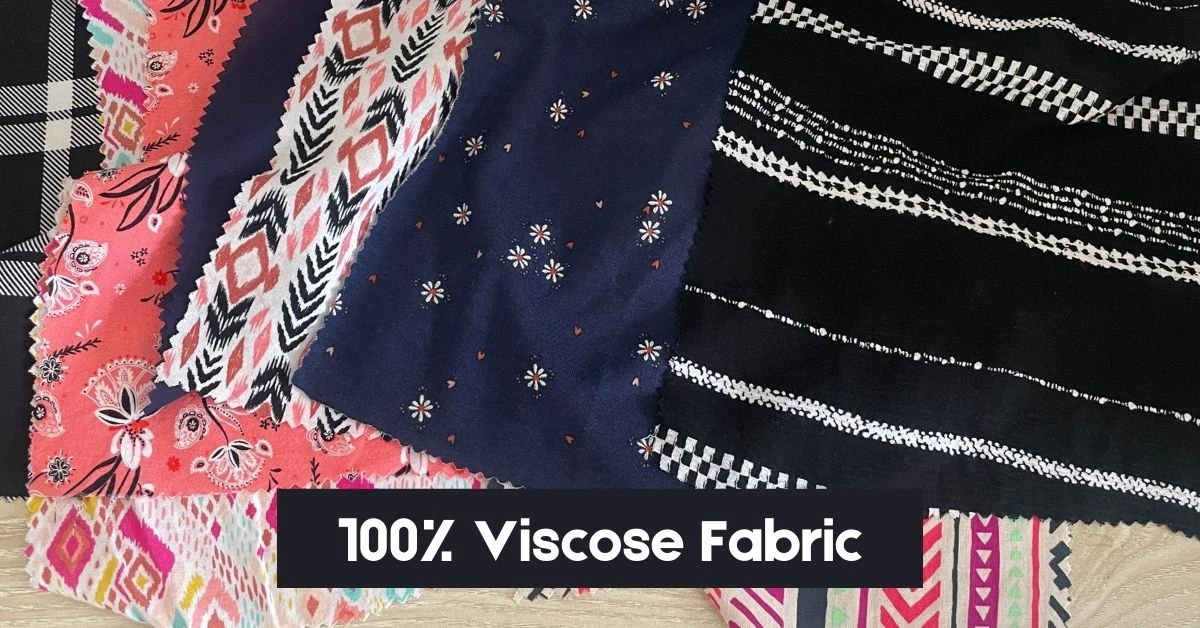
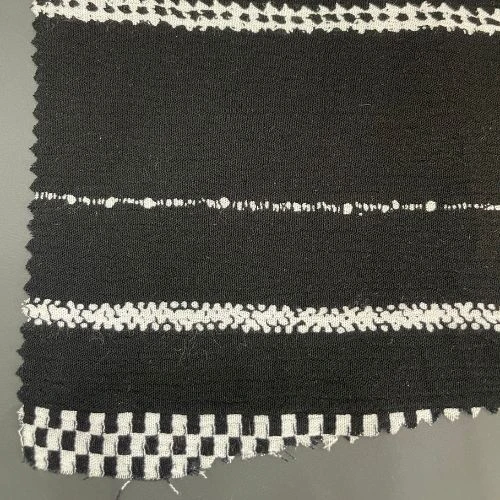
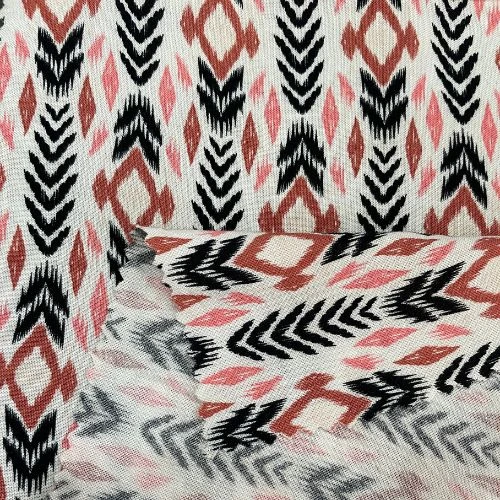
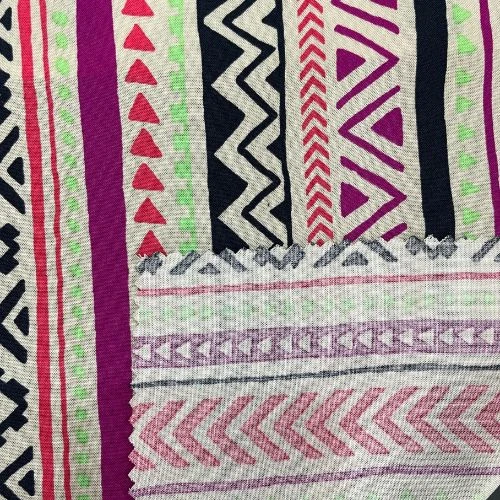
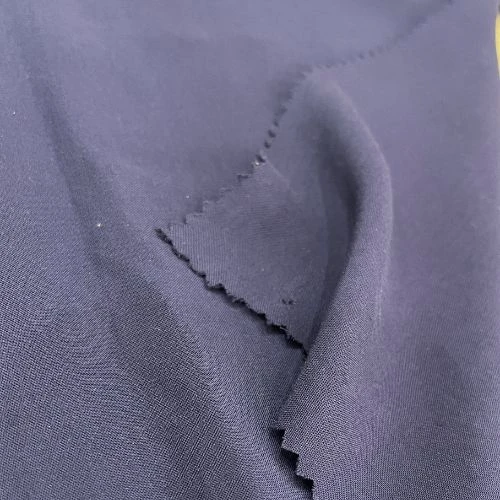
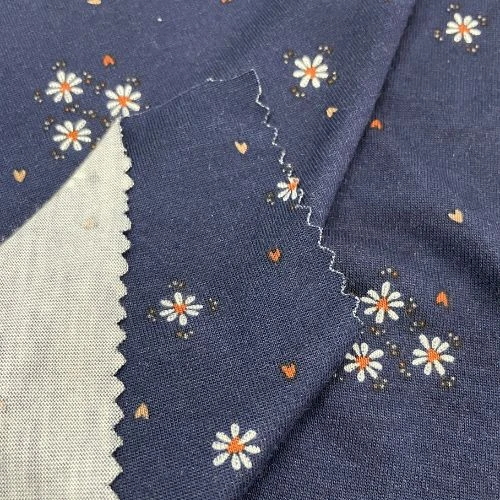
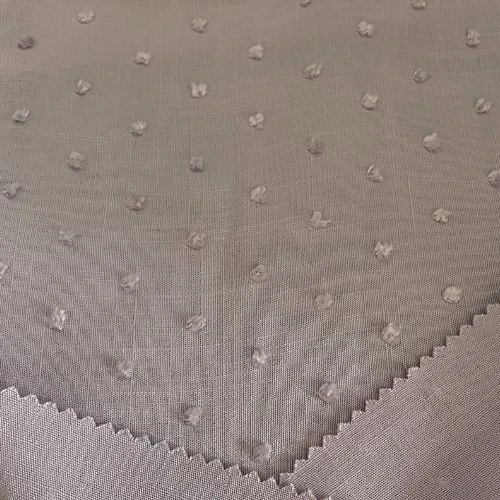
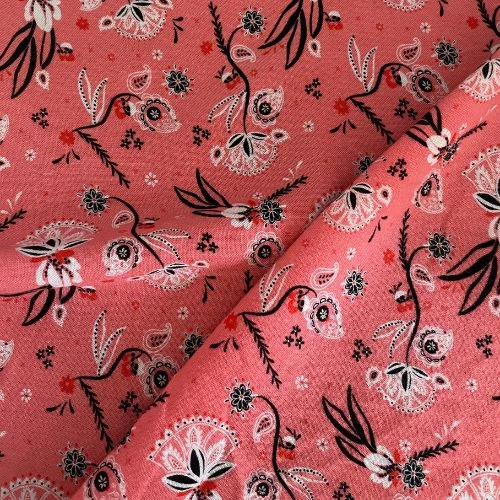
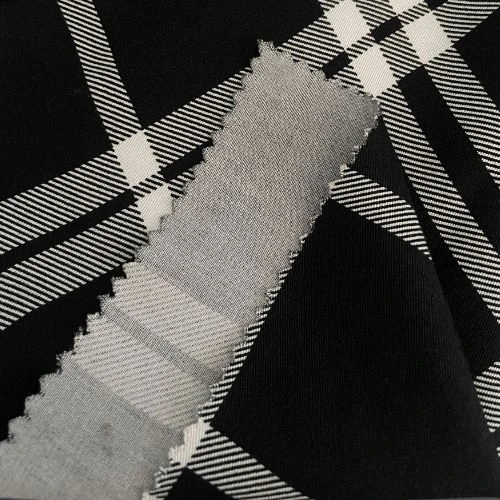
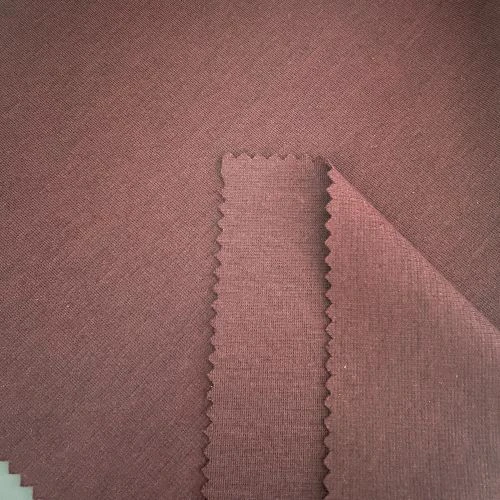
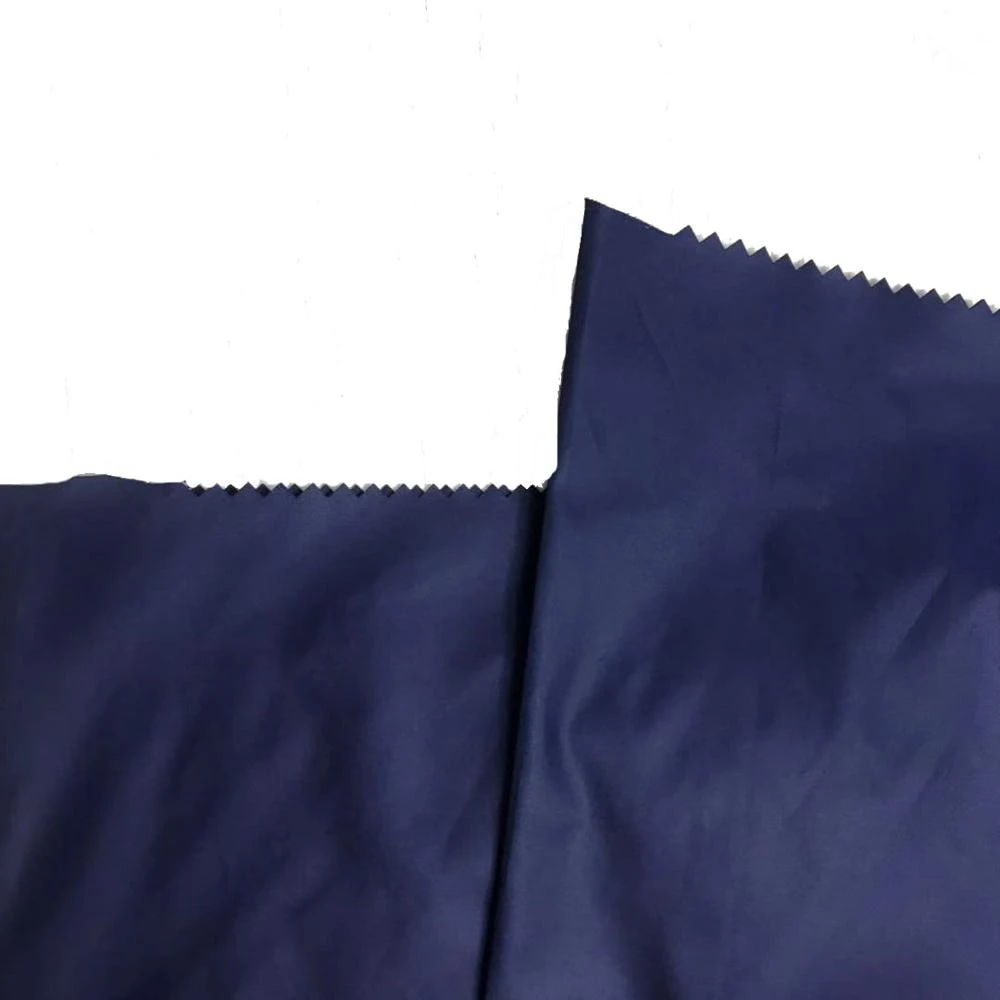
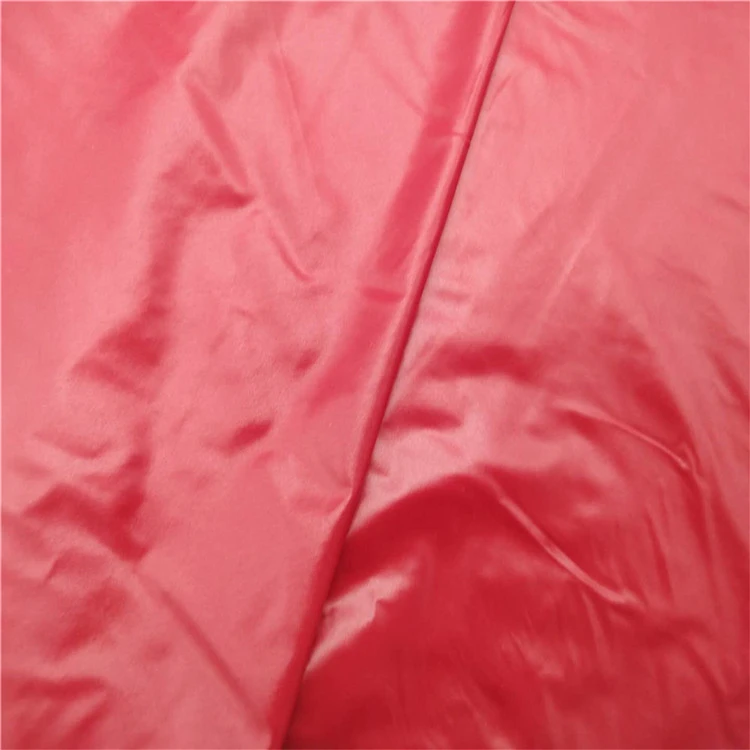
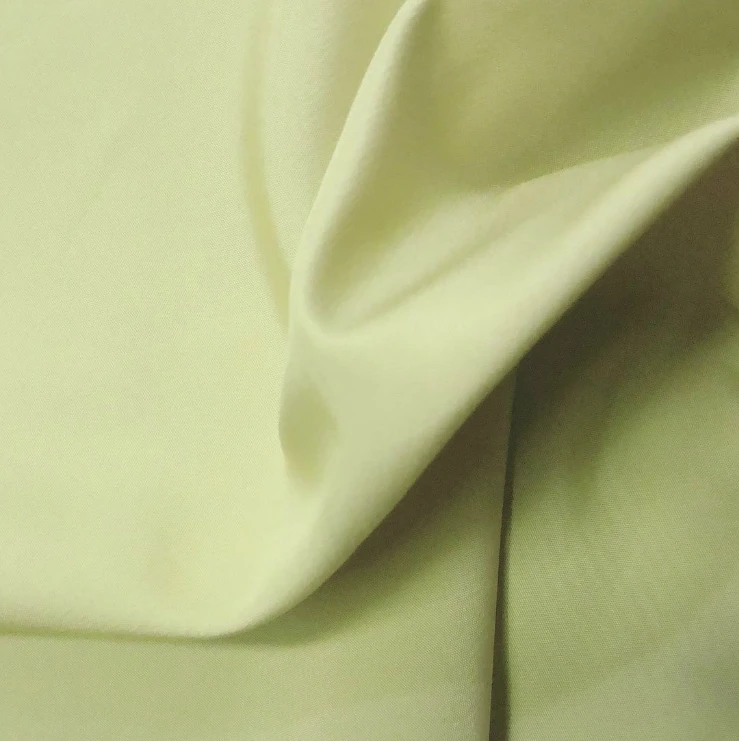
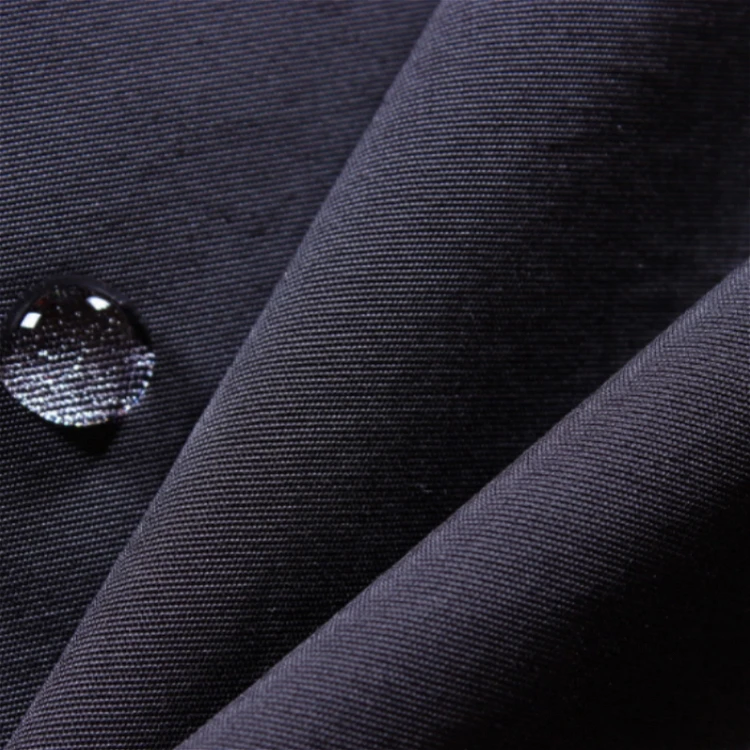
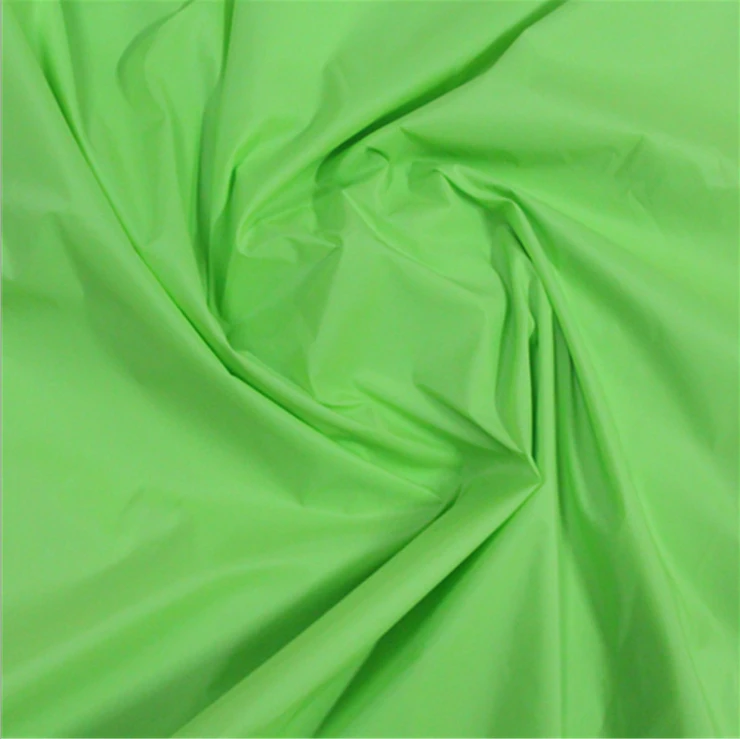





Comments - 00
Leave A Reply
Thanks for choosing to leave a comment.